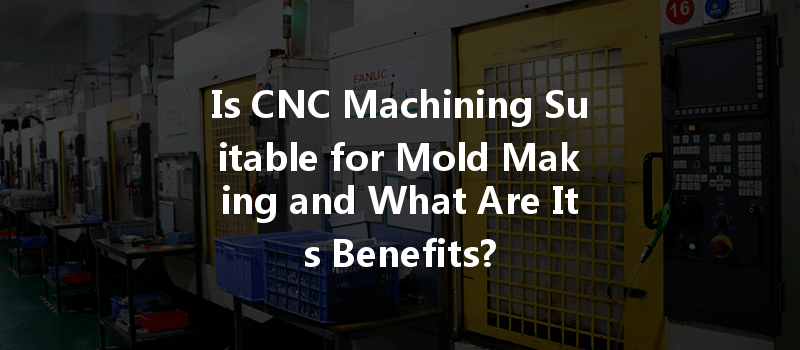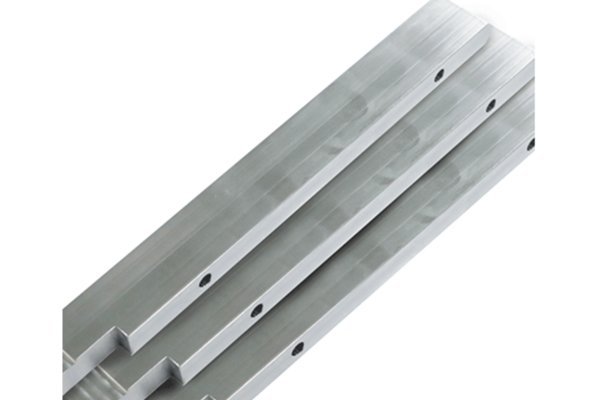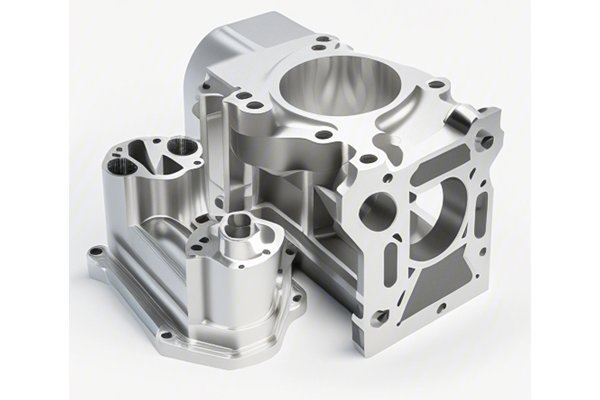Did you know that the global mold manufacturing market is projected to grow from $200 billion in 2020 to nearly $300 billion by 2025? This rapid expansion highlights the critical role mold-making plays across various industries, including automotive, aerospace, consumer goods, and medical devices. As product demands increase, so do the quest for innovative manufacturing techniques. Among them, CNC machining has emerged as a game-changer, offering precision, efficiency, and versatility.
In this extensive guide, we’ll explore the suitability of CNC machining for mold making, dissect its myriad benefits, and provide valuable insights regarding the implementation of CNC technology in mold production. So, whether you’re an industry professional, a business owner, or someone simply curious about CNC machining, grab a cup of coffee and delve into the world of precision engineering.
What is CNC Machining?
Before diving deep into its applications, it’s essential to understand what CNC machining is. CNC, or Computer Numerical Control machining, refers to the process of using computers to control machine tools. This technology enables the automation of processes for manufacturing parts, which are often characterized by complex and intricate designs.
Machine tools can include:
CNC machining works by converting 2D and 3D CAD (Computer-Aided Design) models into a series of precise commands that guide the machine to cut, shape, and finish a part or product. This high level of precision makes CNC machining an attractive option for mold-making applications.
Why Choose CNC Machining for Mold Making?
One of the most significant advantages of CNC machining is its ability to produce parts that are incredibly precise, with tolerances often reaching within ±0.001 inches. This is particularly crucial in mold making, where even the slightest irregularity can affect the performance and quality of molded parts. CNC machines consistently deliver high-quality results, ensuring that each mold produced is a reliable component in the manufacturing process.
The complexity of mold design demands a manufacturing method capable of producing intricate shapes. CNC machining excels in this domain, as it can easily create molds with complex geometries that may be challenging or impossible to achieve through traditional molding methods. Whether it’s intricate cooling channels or fine features, CNC machines can sport a range of tooling options that accommodate elaborate designs.
In today’s competitive market, speed is everything. CNC machining significantly reduces lead times for mold production. The technology allows for rapid prototyping, meaning molds can be produced and tested quickly. With fast turnaround times, businesses can shift from concept to market faster, gaining a competitive edge.
CNC machining supports a wide range of materials, making it an ideal choice for mold manufacturing. This versatility extends to metals such as aluminum, steel, and titanium as well as plastics like ABS, POM, and Nylon. The ability to work with various materials enables manufacturers to optimize mold performance based on project requirements.
While CNC machines can require a substantial initial investment, they often lead to reduced production costs over time. The speed and accuracy of CNC machining negate the need for costly adjustments and rework, while maintaining high-quality outputs reduces material waste. In high-volume production scenarios, the efficiency of CNC machining can substantially lower costs, making it a wise financial choice for mold-making enterprises.
CNC machining is highly consistent and highly repeatable, meaning the quality of the molds remains uniform across production runs. This is especially important for businesses that rely on a steady quality of products. Whether it’s small-scale production or large-volume runs, CNC machining ensures that every mold is produced to the same specifications.
Common Applications of CNC Machining in Mold Making
As we maneuver deeper into the suitability of CNC machining for mold making, it’s vital to consider the applications where such technology proves beneficial:
CNC machining is widely used in the production of injection molds, which are essential for manufacturing plastic components. Precision CNC machining allows for the accurate creation of mold cavities that meet dimensional requirements. The surface finishes achievable through CNC introduce significant advantages in reducing cycle times and improving part quality.
Blow molding employs molds to form hollow plastic parts. CNC machinery plays a crucial role in shaping the molds, allowing them to achieve complex designs for products like bottles, containers, and tanks. The ability to create intricate details ensures manufacturers can bring innovative designs to life.
Similar to injection molding, compression molding uses CNC machining to create molds that ensure the desired shape and dimensions in the final product. CNC technology can achieve the required precision and surface finish, which is critical for complex parts, including automotive components and electronic enclosures.
The thermoforming process involves molding plastic sheets into shapes. CNC machining is used to create molds that heat and shape the plastic efficiently. Being able to customize molds in a fraction of the time makes CNC machining a beneficial option for thermoforming applications.
Challenges in CNC Machining for Mold Making and Solutions
While CNC machining presents numerous advantages, several challenges also exist, particularly in mold making. Understanding these challenges and their potential solutions can help businesses leverage the full benefits of CNC technology.
Challenge: Not all CNC machines are built to handle every material type; some may struggle with specific materials’ properties or hardness.
Solution: It is vital to choose the right CNC equipment for the materials used in mold making. This includes employing appropriate tools and settings suited for the specific properties of the chosen material. Consultation with material vendors can help optimize the selection process.
Challenge: Tool wear during long operational periods can affect the precision of the molds being produced.

Solution: Regular maintenance and monitoring of tool conditions are essential. Utilizing advanced tool monitoring systems can provide real-time data regarding tool performance. Implementing a scheduled maintenance program and investing in high-quality tools can also increase longevity and accuracy.
Challenge: In the pursuit of intricate designs, manufacturers may inadvertently create overly complex molds that are expensive to produce.
Solution: Employ design for manufacturability (DFM) principles during the design phase. Collaborate with engineers to assess and simplify designs while maintaining functionality and aesthetic appeal. This focus ensures that production remains efficient and cost-effective.
Challenge: The initial investment of CNC machines can be daunting for smaller businesses.
Solution: Businesses should conduct a thorough cost-benefit analysis to understand the ROI of adopting CNC technology. The potential long-term savings via reduced labor costs, enhanced speed, and accuracy can outweigh initial expenses. Consideration of outsourced CNC services may also allow smaller operations to leverage technology without investing in new machines.
Key Steps in CNC Machining Process for Mold Making
To ensure a successful CNC machining process for mold making, companies must follow structured steps, integrating best practices at each phase. Here’s a breakdown of the key steps involved:
The Future of CNC Machining in Mold Making
As technology continues to evolve, so does the landscape of CNC machining. Several trends and advancements are shaping the future of mold making:
The integration of IoT (Internet of Things) technologies will lead to smarter CNC machines capable of real-time data collection and analysis. Automated processes will further enhance efficiency and precision in mold-making projects.
There is growing interest in using advanced materials such as composites and elastic polymers in mold production. These materials offer unique properties that can improve mold performance and product quality.
As sustainability becomes more critical, CNC machining processes will evolve to include environmentally friendly practices. This involves optimizing manufacturing processes to minimize waste, using recyclable materials, and reducing energy consumption.
Improvements in software solutions for CNC machining will make it easier to create complex designs while enhancing accuracy and efficiency. More intuitive interfaces will allow manufacturers to make adjustments rapidly and manage multiple machine operations effectively.
CNC machining is undoubtedly a suitable and beneficial solution for mold making. With its unparalleled precision, capability to manage complex geometries, rapid prototyping, and versatility with various materials, CNC technology enables businesses to optimize their mold manufacturing processes effectively.
As businesses look to adopt CNC machining for their mold-making needs, it’s crucial to consider the challenges and ensure appropriate measures are in place to demystify the complexity of the machining process. Key steps from design to post-processing should be diligently followed to produce high-quality molds tailored to specific requirements.
This blog serves as a comprehensive resource to understand why CNC machining is becoming increasingly indispensable in mold making. Whether you are directly involved in the manufacturing field or considering new technologies for your business, it’s worth pondering the significant advantages CNC machining brings to mold production. By embracing this technology, you not only position yourself competitively in the market but also invest in the future of manufacturing.






